Rising Youth Engagement in BMX Sports
The BMX Bike Market is experiencing a notable surge in youth engagement, as more young individuals are drawn to extreme sports. This trend is fueled by the increasing visibility of BMX in social media and competitive events, which showcase the sport's thrilling nature. According to recent data, participation rates among youth have risen by approximately 15% over the past few years. This influx of young riders not only expands the consumer base for BMX bikes but also drives demand for innovative designs and accessories tailored to this demographic. As youth culture continues to embrace BMX, manufacturers are likely to respond with products that cater specifically to the preferences and needs of younger riders, thereby enhancing the overall growth of the BMX Bike Market.
Expansion of BMX Events and Competitions
The proliferation of BMX events and competitions is a significant driver for the BMX Bike Market. With the rise of organized competitions, including local, national, and international events, there is an increasing demand for high-quality BMX bikes. Recent statistics indicate that the number of BMX competitions has increased by over 20% in the last few years, attracting both participants and spectators. This growth not only promotes the sport but also encourages manufacturers to innovate and improve their offerings. As more events are scheduled, the visibility of BMX as a competitive sport is likely to enhance, leading to greater consumer interest and investment in BMX bikes and related gear.
Increased Focus on Safety and Protective Gear
The emphasis on safety within the BMX Bike Market is becoming increasingly pronounced, as both riders and manufacturers prioritize protective gear. With the rise in participation rates, there is a corresponding need for safety equipment, including helmets, pads, and other protective accessories. Recent surveys indicate that nearly 60% of BMX riders consider safety gear essential, which has led to a surge in demand for high-quality protective products. As safety regulations become more stringent and awareness of injury prevention grows, manufacturers are likely to innovate in this area, further driving the growth of the BMX Bike Market. This focus on safety not only enhances rider confidence but also promotes a positive image of the sport.
Influence of Social Media and Digital Marketing
The impact of social media and digital marketing on the BMX Bike Market cannot be overstated. Platforms such as Instagram and YouTube have become vital for promoting BMX culture, showcasing riders, and sharing tricks and techniques. This digital presence has led to a significant increase in brand awareness and consumer engagement. Recent data suggests that brands leveraging social media have seen a 30% increase in sales compared to those relying solely on traditional marketing methods. As influencers and professional riders continue to share their experiences online, the BMX Bike Market is likely to benefit from heightened visibility and consumer interest, driving sales and fostering community engagement.
Growing Interest in Customization and Personalization
Customization and personalization are emerging trends within the BMX Bike Market, as consumers increasingly seek unique products that reflect their individual styles. This desire for personalized bikes has led to a rise in aftermarket parts and accessories, allowing riders to modify their bikes to suit their preferences. Market data indicates that the customization segment is expected to grow by approximately 25% over the next few years. As manufacturers recognize this trend, they are likely to offer more customizable options, enhancing consumer satisfaction and loyalty. This shift towards personalization not only caters to the desires of riders but also contributes to the overall expansion of the BMX Bike Market.


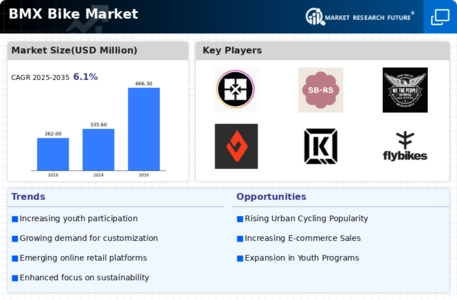
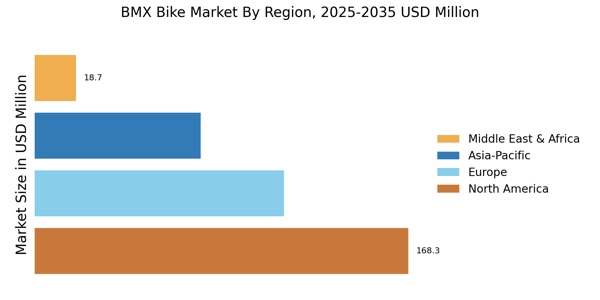



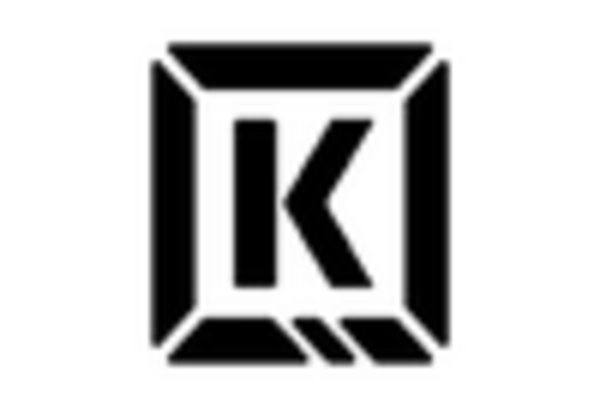
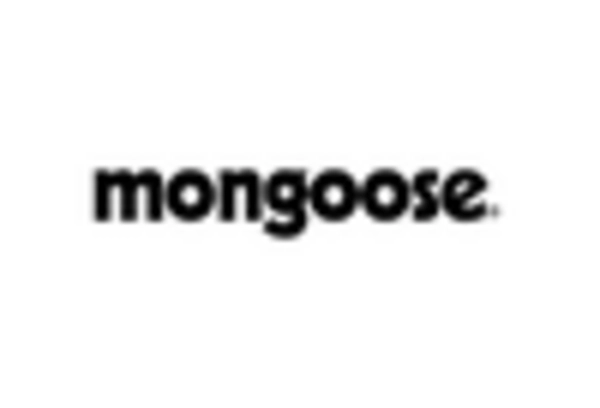
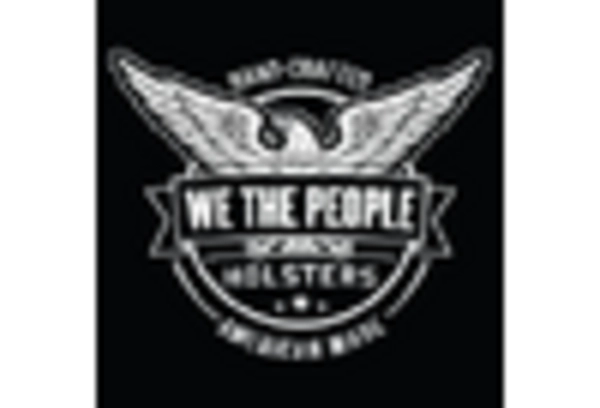








Leave a Comment